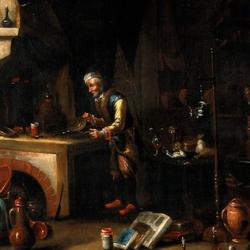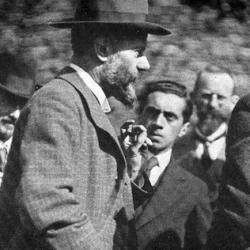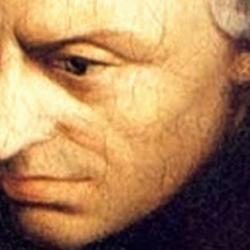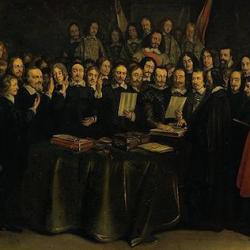Few studies of the Reformation, writes Alexandra Walsham (The Reformation of the Landscape), “have considered how it affected attitudes and practices associated with the world of trees, woods, springs, rocky outcrops, caves, mountain peaks, and other striking topographical features” of Britain. Studies of early modern England “have tended to treat the landscape as an inert and passive backdrop to the momentous events that accompanied the advent of Protestantism and the energetic attempts of the Roman Catholic faith to resist annihilation” (4).
Walsham’s book attempts to fill in that gap in scholarship and to recover how early moderns engaged the landscape around them. Contrary to later conceptions, early moderns didn’t “polarize the raw matter of nature and the products of human culture”:
With Joseph Hall, the people of early modern Britain and Ireland approached landscape as a supplementary source of revelation, as a medium of heavenly instruction and admonitory warning. Like their medieval predecessors, they saw it as a moral guide and a book of holy doctrine and divinity, albeit secondary to the canon of Scripture. In the words of Martin Bucer, later Regius Professor of Divinity at Cambridge, “the whole frame of this world” was “a monument and token to put us in remembrance of God,” while Sir Thomas Browne spoke of it as “that universall and publique Manuscript, that lies exposed to the eye of all” (5).
As these quotations indicate, Walsham’s study challenges the Weberian/Taylorian theme of “disenchantment.” In her view,
…the Reformation played a more marginal role in the “disenchantment” of the universe than Max Weber and other scholars have argued.” Attention to early modern attitudes to landscape make it impossible “to overlook the persistence and subtle transmutation of assumptions about the supernatural significance and sanctity of wells, trees, stones, wayside crosses, ancient chapels, monastic houses, and a host of other natural and architectural landmarks (9).
(Thanks to John Milbank for pointing me to Walsham’s book.)















